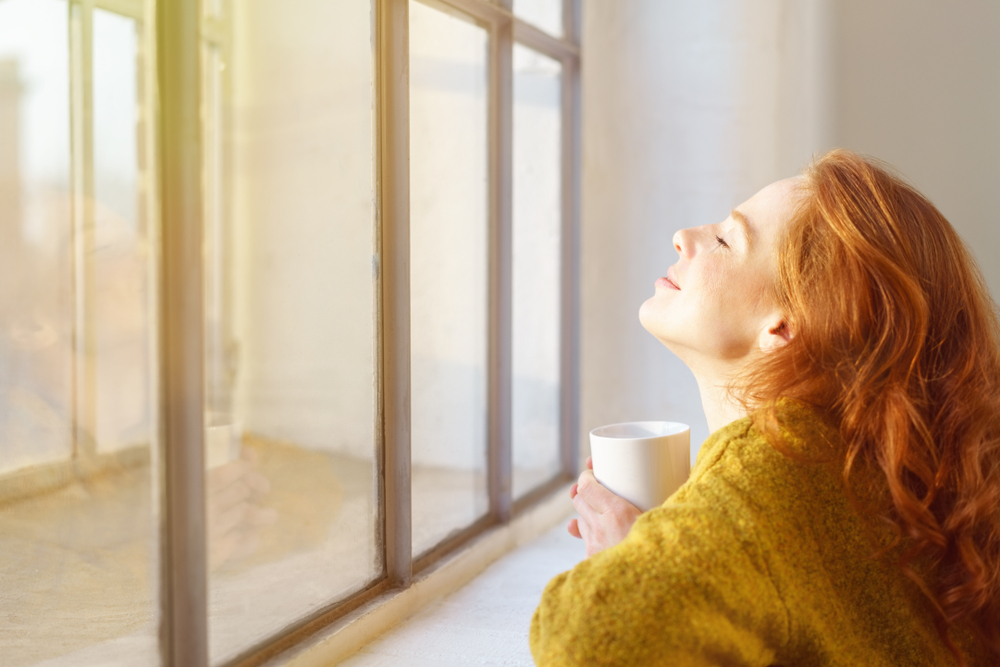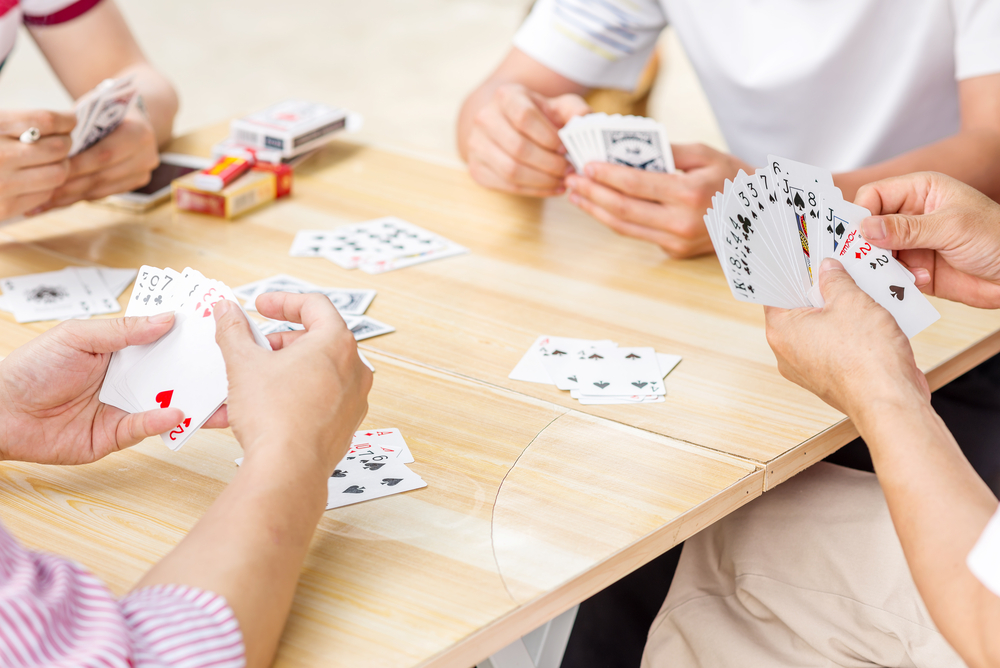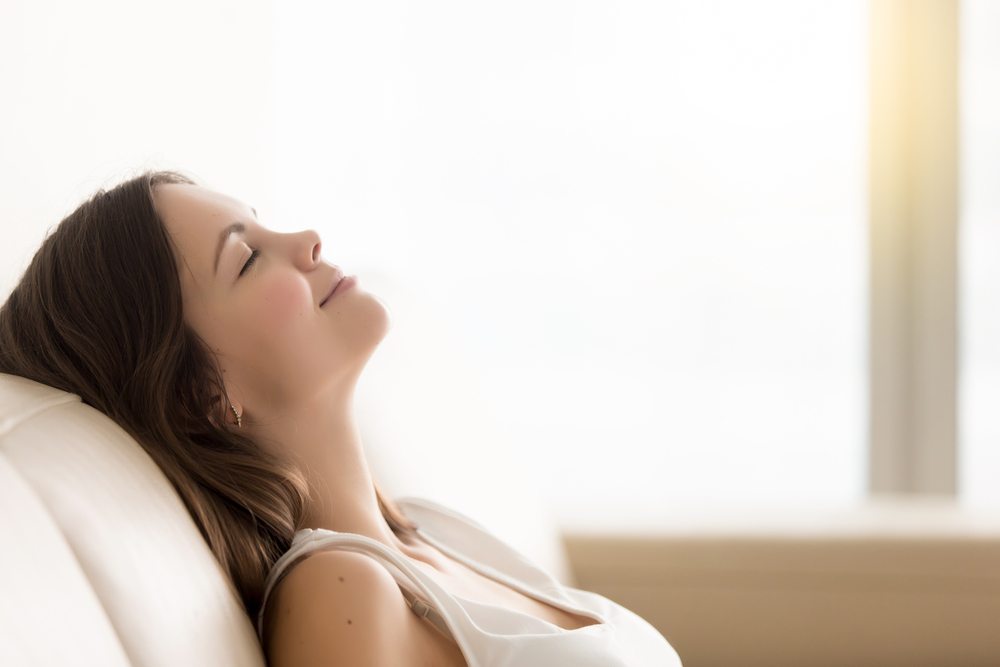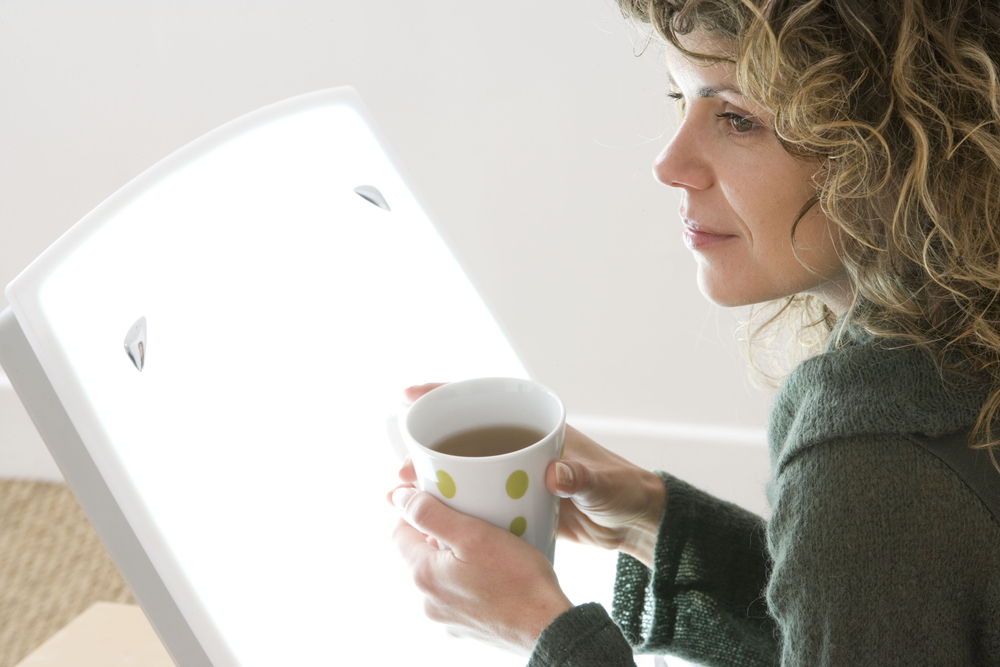As autumn turns to winter and the days get shorter, many of us start to feel bluer than usual.
If this sounds familiar editor Jane Garton looks at ways to bring some light into your life.
The clocks have changed, and the nights are drawing in. And for the estimated 1 in 15 people who suffer from Seasonal Affective Disorder (SAD) this can be a challenging time of year.
What is SAD?

Typical symptoms include low energy, no motivation, feeling tearful and anxious, finding it difficult to get up in the morning and an unusual craving for carbohydrates.
It’s thought these symptoms are brought on by the lack of sunlight at this time of year which in SAD sufferers prevents the area of the brain known as the hypothalamus from working as it should. This results in an increased production of the sleep hormone melatonin and a decreased production of the feel-good hormone serotonin. The body’s circadian (daily) rhythms may also be out of kilter.
If this sounds like you, discover some helpful tips below to bring some light back into your life:
Soak up some sun

Even if the skies are grey and wintery, chase the sun. Walk around your home and spend some time sitting beside a window that lets in the most sunlight. Alternatively aim to take your daily walk around midday when the sun is likely to be highest in the sky.
Stay connected

Keep in touch with friends and family and spend as much time as possible talking with others. If you don’t feel in the mood to chatter, try a shared activity that involves using your hands. Playing cards is a good option. Board games, puzzles and cooking with others are also possibilities which encourage relaxed conversation.
Eat well

Including protein-rich foods such as chicken, turkey, meat, eggs, fish, tofu, or beans at every meal. This will help keep blood sugar levels on an even keel, helping to reduce the stress response and relieve anxiety.
Keep grounded

Breathing in for four followed by out for four, four times, can helping to instill calm as can listening to music or spending time in nature, which countless studies show can help reduce anxiety. Try to spend some time outdoors within two hours of getting up which can help to keep you grounded for the rest of the day.
Keep moving

Never underestimate the positive impact of even a short walk in the fresh air. Increasing your heart rate triggers the production of mood-boosting endorphins, helps you to de-stress, and generally makes you feel more motivated. Plus, if you combine it with nature, you’ve got the best of both worlds. Exercise such as yoga, Pilates, or tai chi can also be beneficial.
Light therapy

Light boxes or SAD lamps aim to mimic sunshine through artificial light and can be placed on your desk or kitchen table to expose the body’s cells to what they will perceive as sunlight. All you need is 20-60 minutes daily of 10,000 lux of cool-white, fluorescent light – about 20 times as great as ordinary indoor lighting – to see a difference.
Take a break

Going on a winter holiday somewhere warm can help alleviate SAD symptoms by helping you escape cold and overcast skies. Even a short break from your daily routine in a sunny place can help.
Herbal help

A course of St John’s wort sometimes known as the sunshine herb may help to lift the blues. You should always consult your doctor before taking this herb in case of adverse reactions with other prescribed medicines.
For more information visit the Mind website.





















Add comment